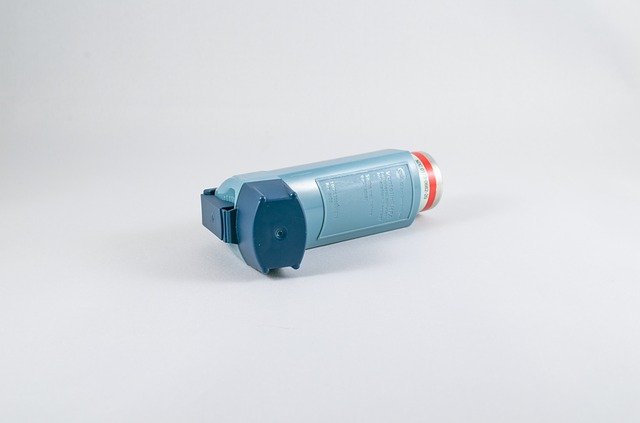Treatment of Heart Failure Through Inhaled Nanoparticles

Inhaled Nanoparticles Reach the Heart Effectively
The advent of nanoparticles has resulted in fervent efforts to identify ways in which this technology can be used for a variety of medical conditions. An Italian group of scientists based in Milan have published a novel approach to the management of heart failure this week based on nanoparticle therapy. In their study, the researchers used calcium phosphate nanoparticles to deliver therapeutic compounds to the heart through an inhaled route. In a mouse model of diabetic cardiomyopathy, a condition in diabetic humans, the inhaled nanoparticles were effectively delivered to the heart via the blood vessels in the lungs, reaching the heart more efficiently than via intravenous injection or oral administration (the two major routes of drug delivery for most drugs). Additionally, no adverse effects were noted in the mice, and the group was able to show significant improvement in heart function in the treated mice. The group also tested the nanoparticles on healthy pigs, which are much closer in anatomic size and physiology to humans than rodents. The group again showed no evidence adverse effects in the pigs, and were able to demonstrate that the nanoparticles were effectively delivered to the heart via the inhaled route.

Inhaled nanoparticles may pave the way for easy, rapid administration of medications to patients in heart failure.
The group specifically chose calcium phosphate nanoparticles to serve as a carrier for the therapeutic compound due to the similar composition of bone and teeth. By devloping naoparticles which mimic typical compounds found in the body, the group hopes to avoid any rejection of the compounds by the body. The scientists also tested the nanoparticles to ensure stability in fluid-filled enviroments, as well as study their interactions with proteins typically found in the blood. The group also demonstrated that the nanoparticles were able to maintain stability of their therapeutic cargo, as well as release it in the appropriate environment (in this case, the inside of a cell).
The Future
Although still in the proof-of-concept stage, this approach to delivering medication may have enormous implications for the management of cardiovascular disease, and may spur a great deal of interest in determining the scope of compounds which can be delivered in this manner. Inhaled medications are easy to deliver, are absorbed reliably, and do not require intravenous access. Additionally, patients suffering from congestive heart failure tend to have poor circulation, which may impair the delivery of oral medications from the GI tract.
Despite the promising results, clinical application of this technology remains a long way out in the future. Long-term safety studies are required, and evaluation of conditions which may impact the delivery of the medication are required. Conditions such as pulmonary edema (fluid build-up within the lungs) is a common manifestation of congestive heart failure and may impair the delivery of nanoparticles by creating a thicker fluid barrier in the airways. Even with these considerations, the technology appears promising and may lead to further innovation and have implicatons for other diseases outside of cardiovascular disease.
For further information, please see the primary article:
Marigolo, M., et al. Inhalation of peptide-loaded nanoparticles improves heart failure. Science Translational Medicine. 2018. 10 (424).
Images sourced from Pixabay.com
Congratulations @woodchipper! You received a personal award!
You can view your badges on your Steem Board and compare to others on the Steem Ranking
Vote for @Steemitboard as a witness to get one more award and increased upvotes!